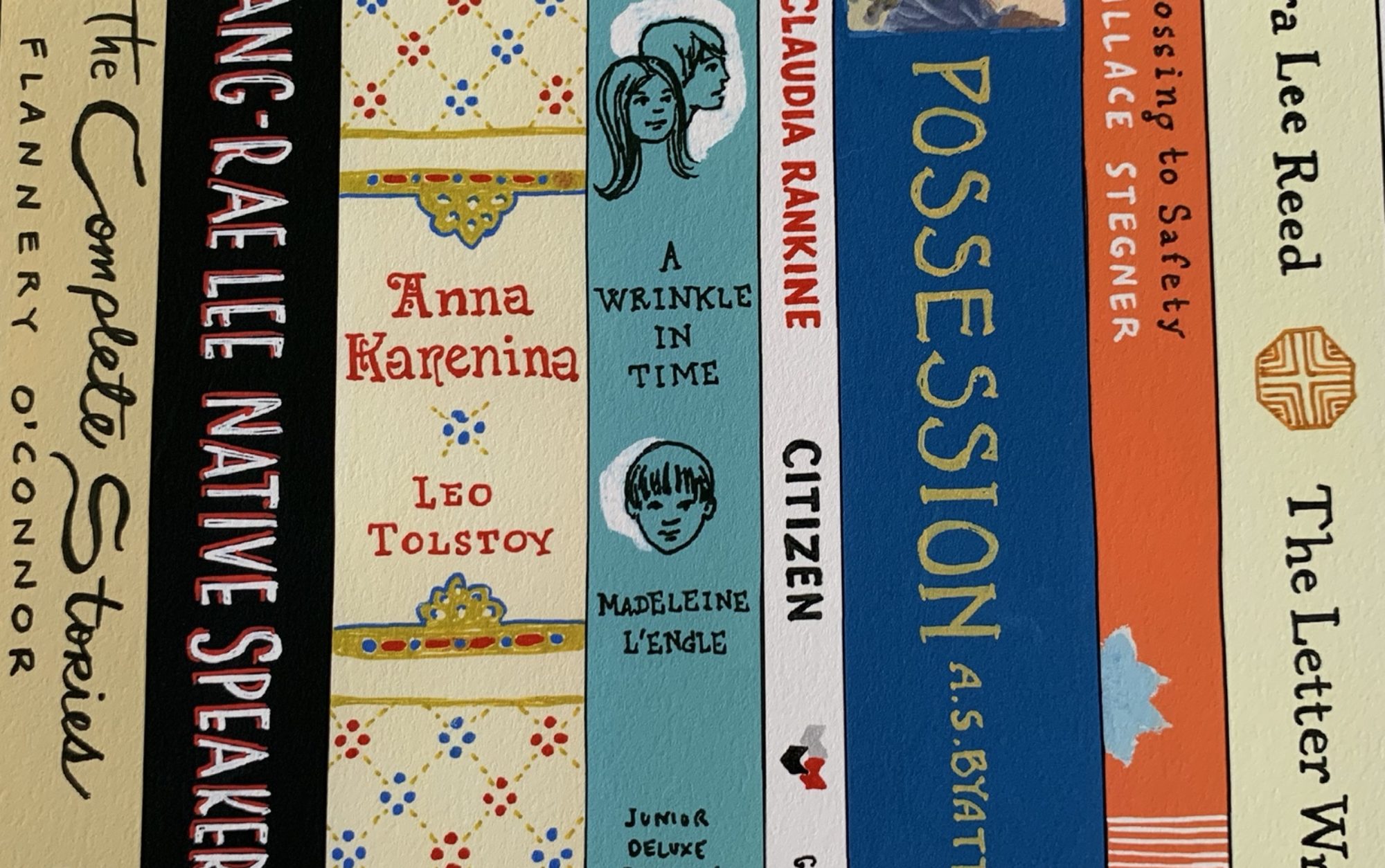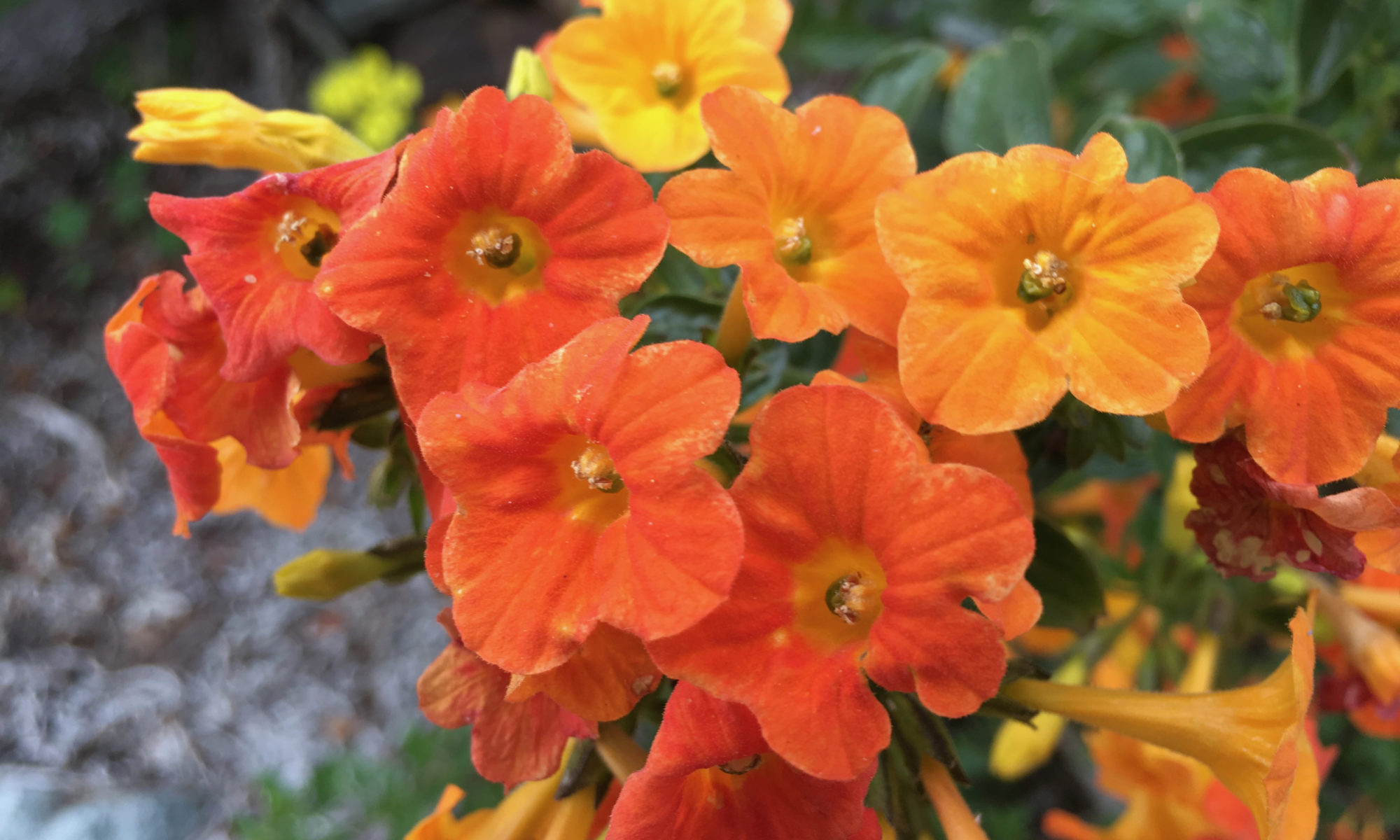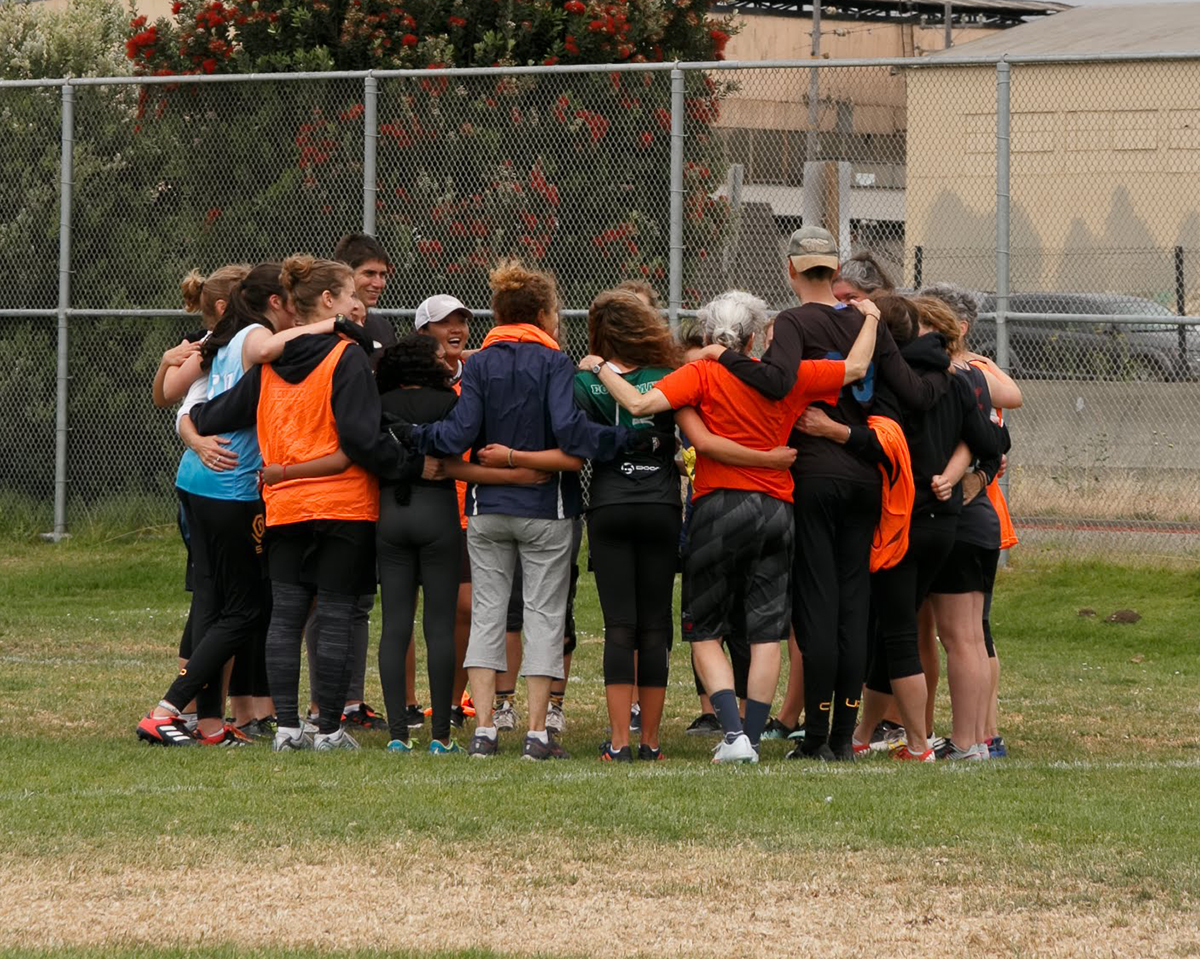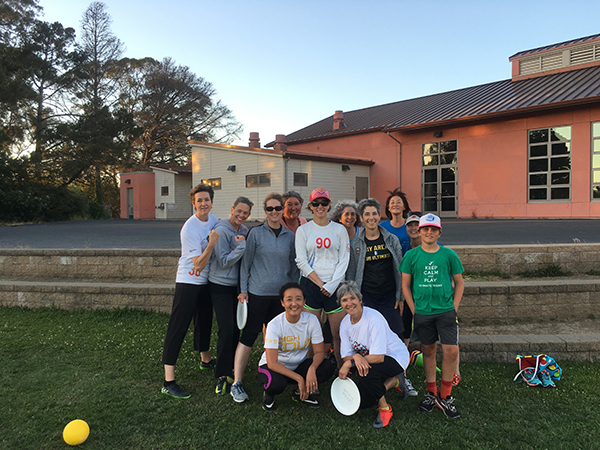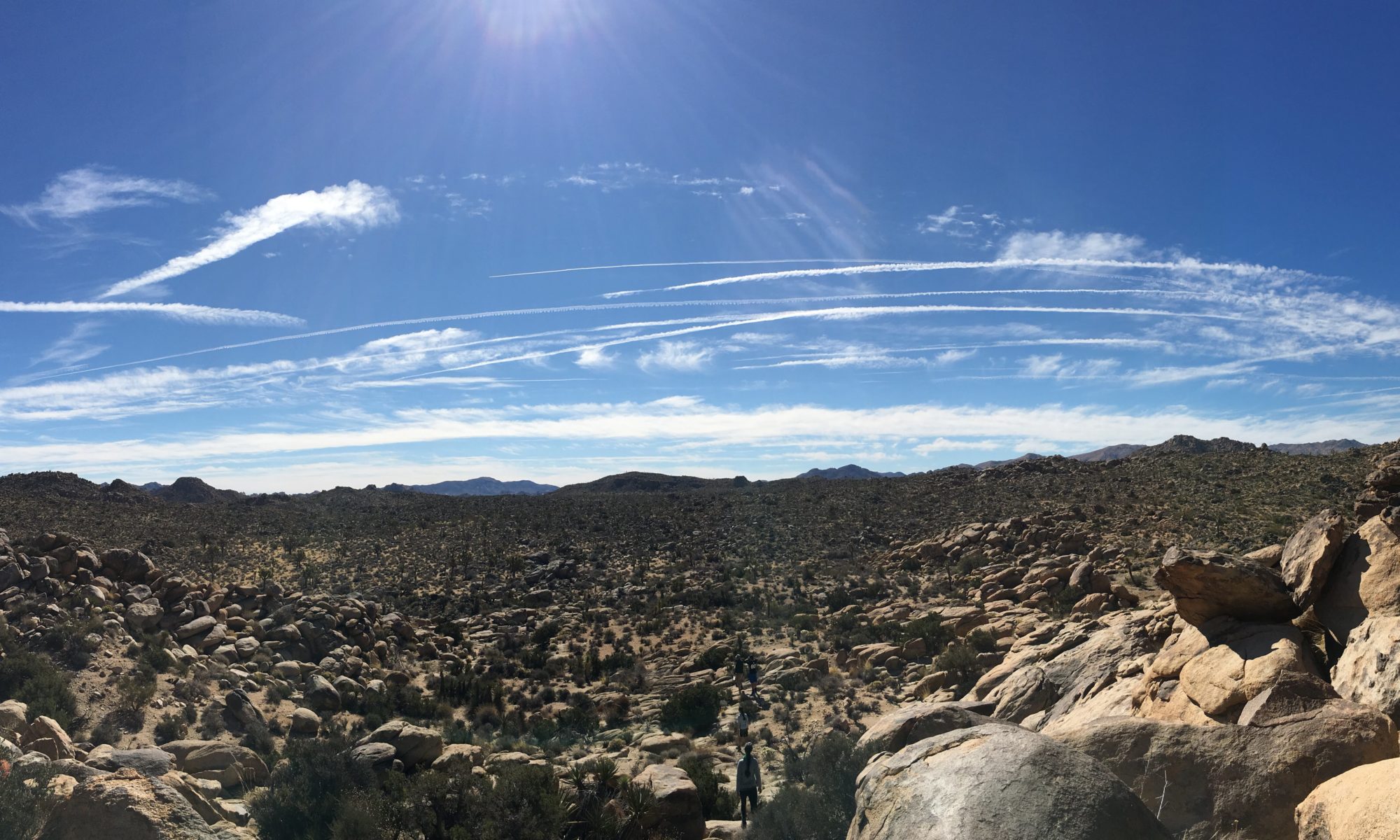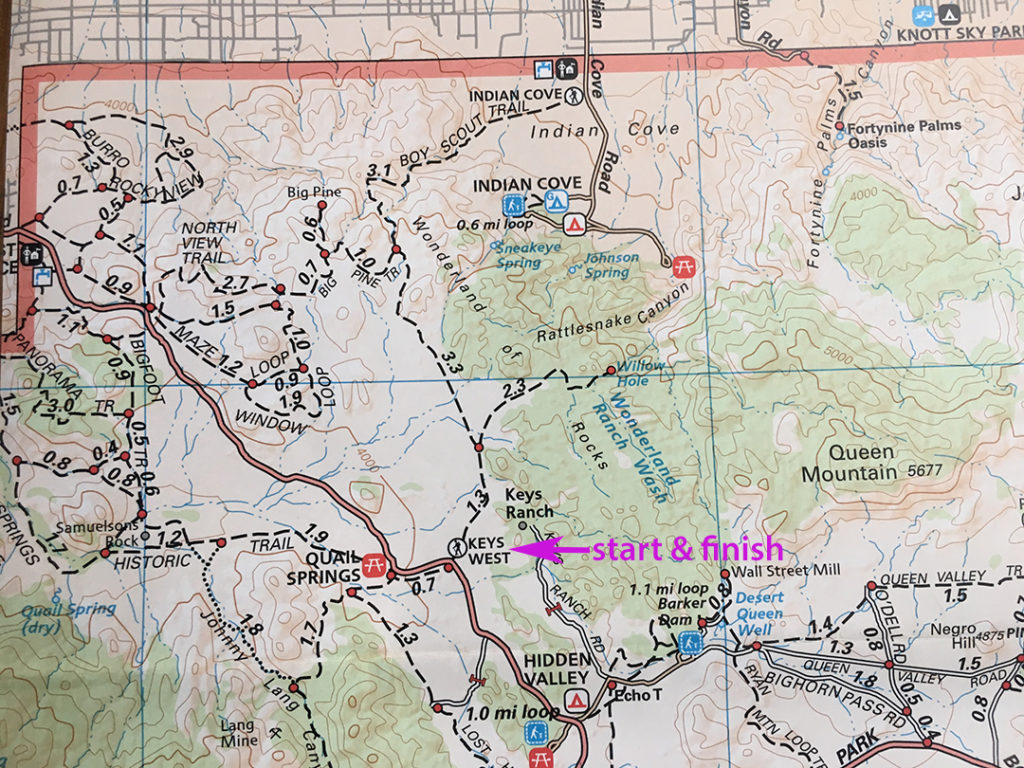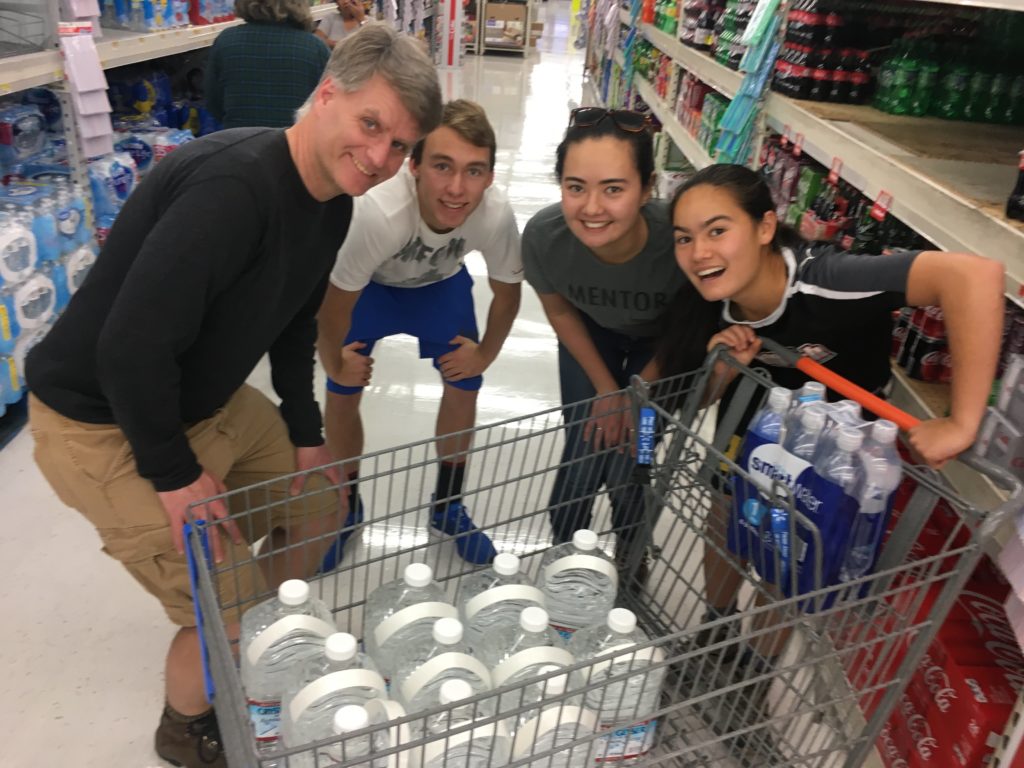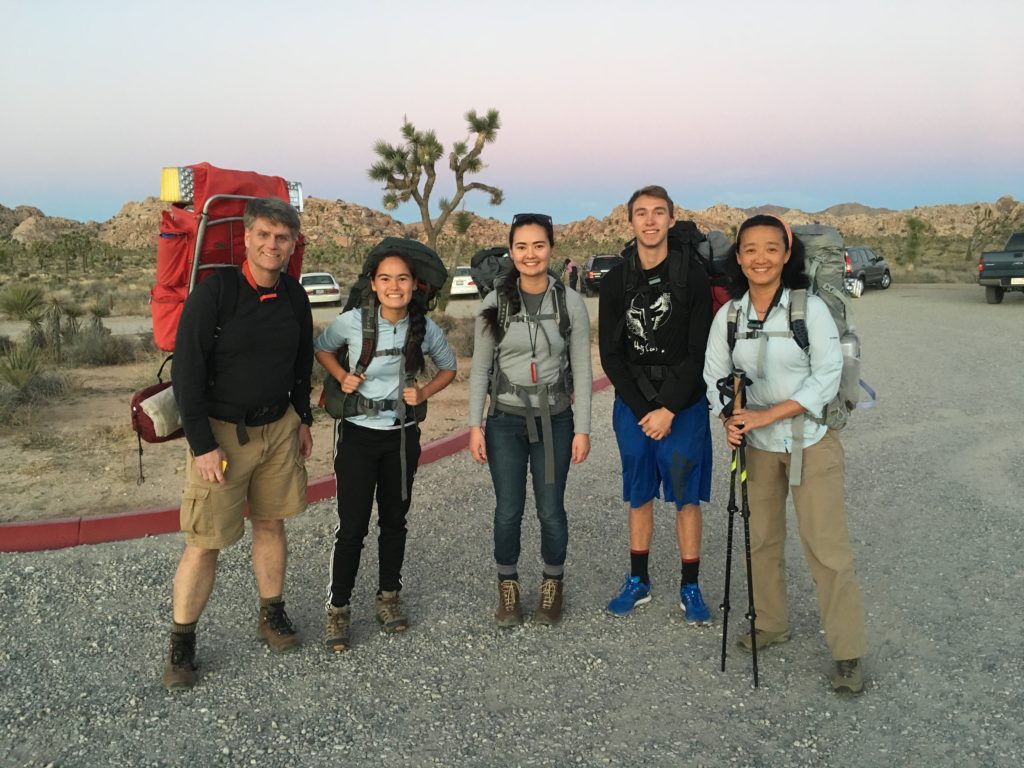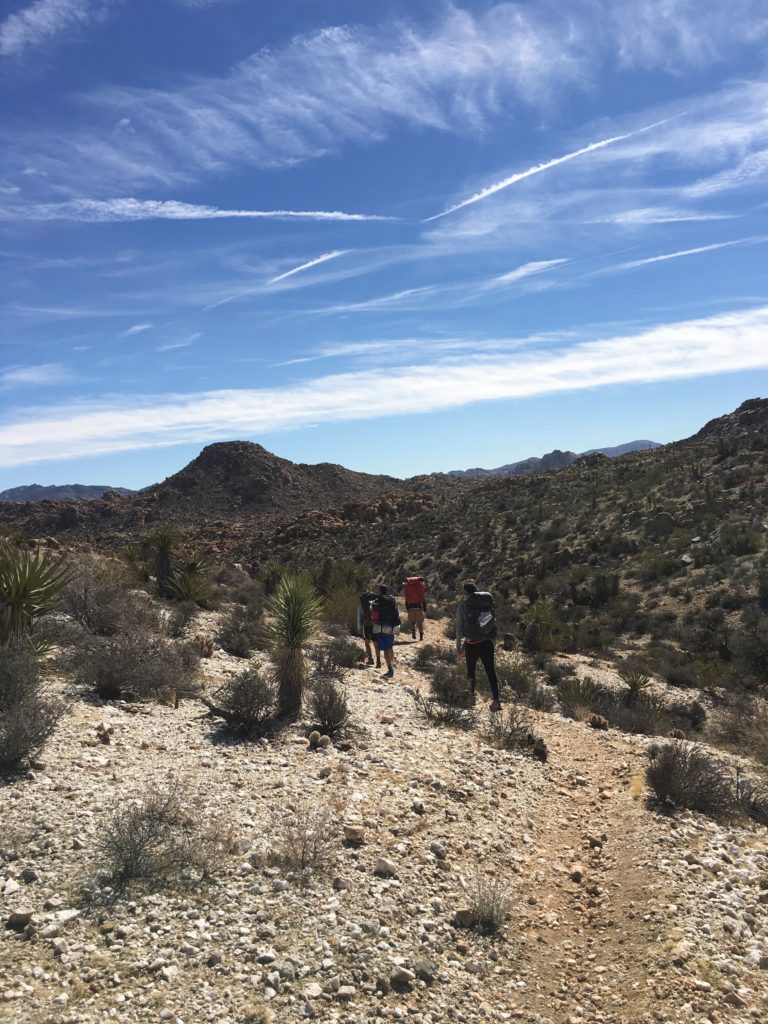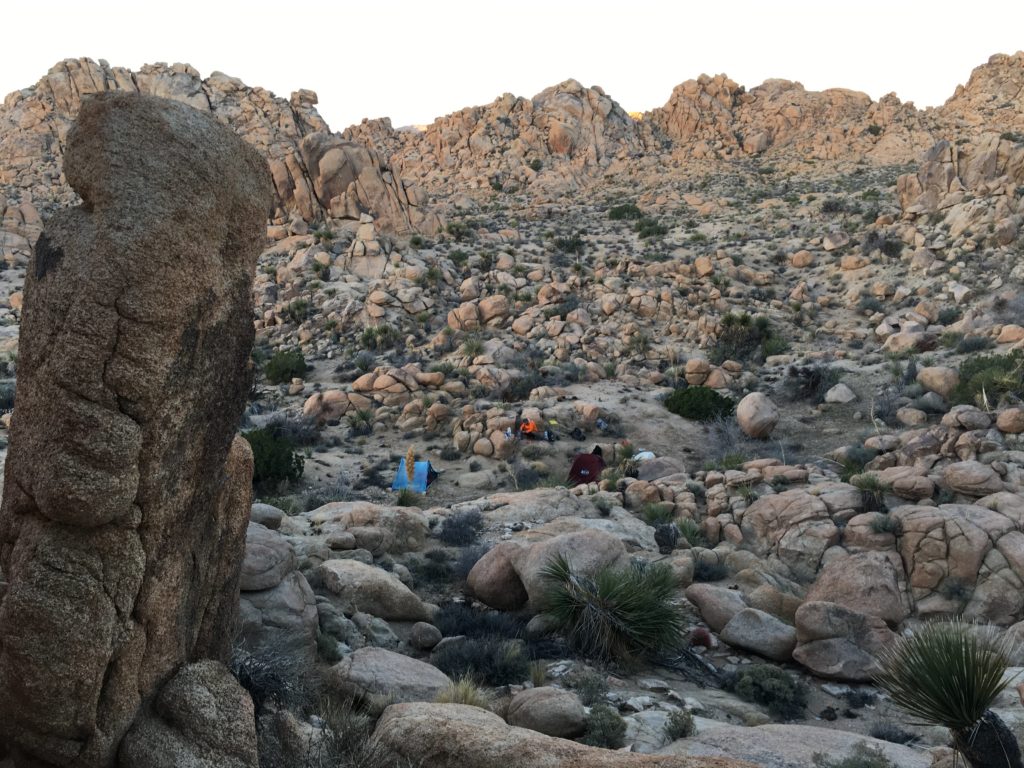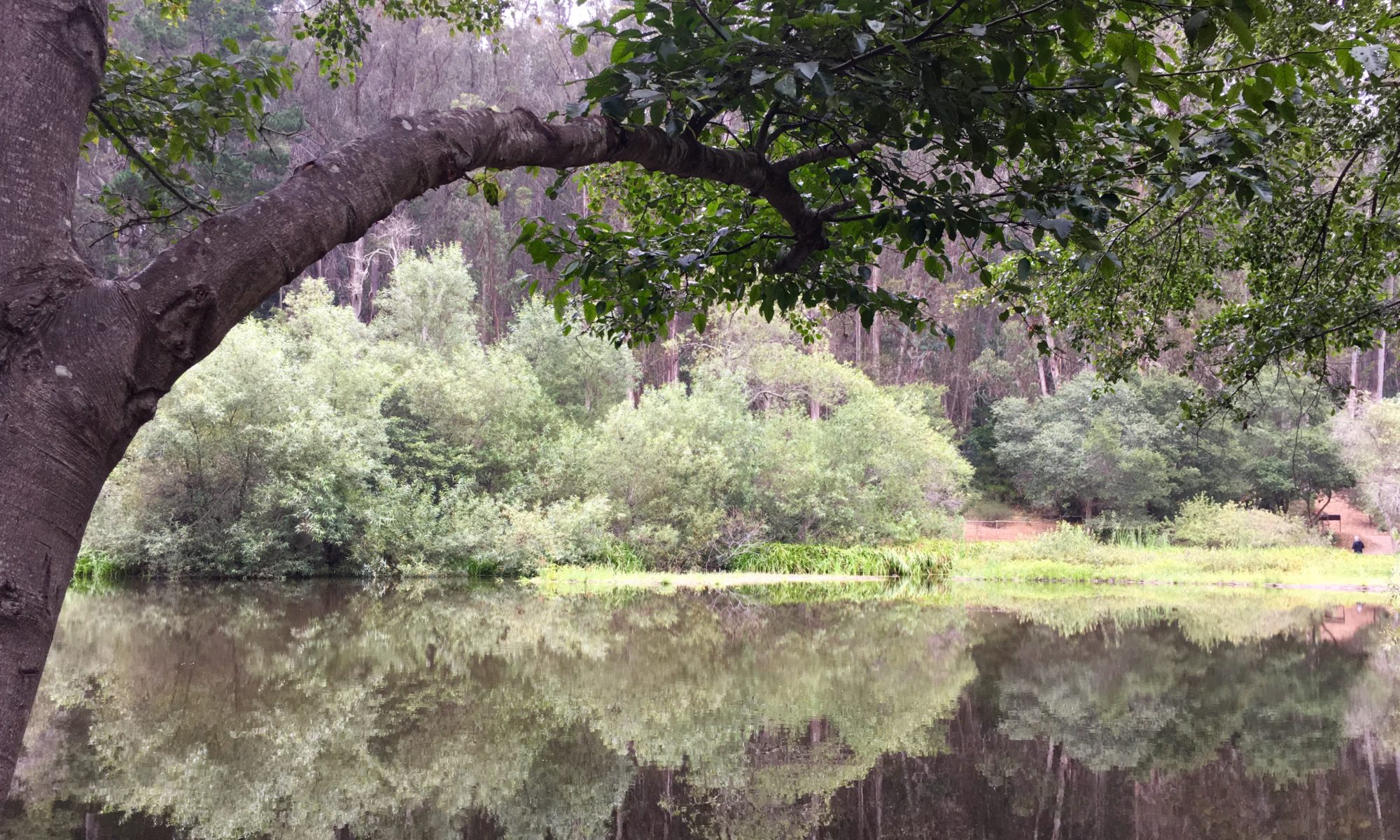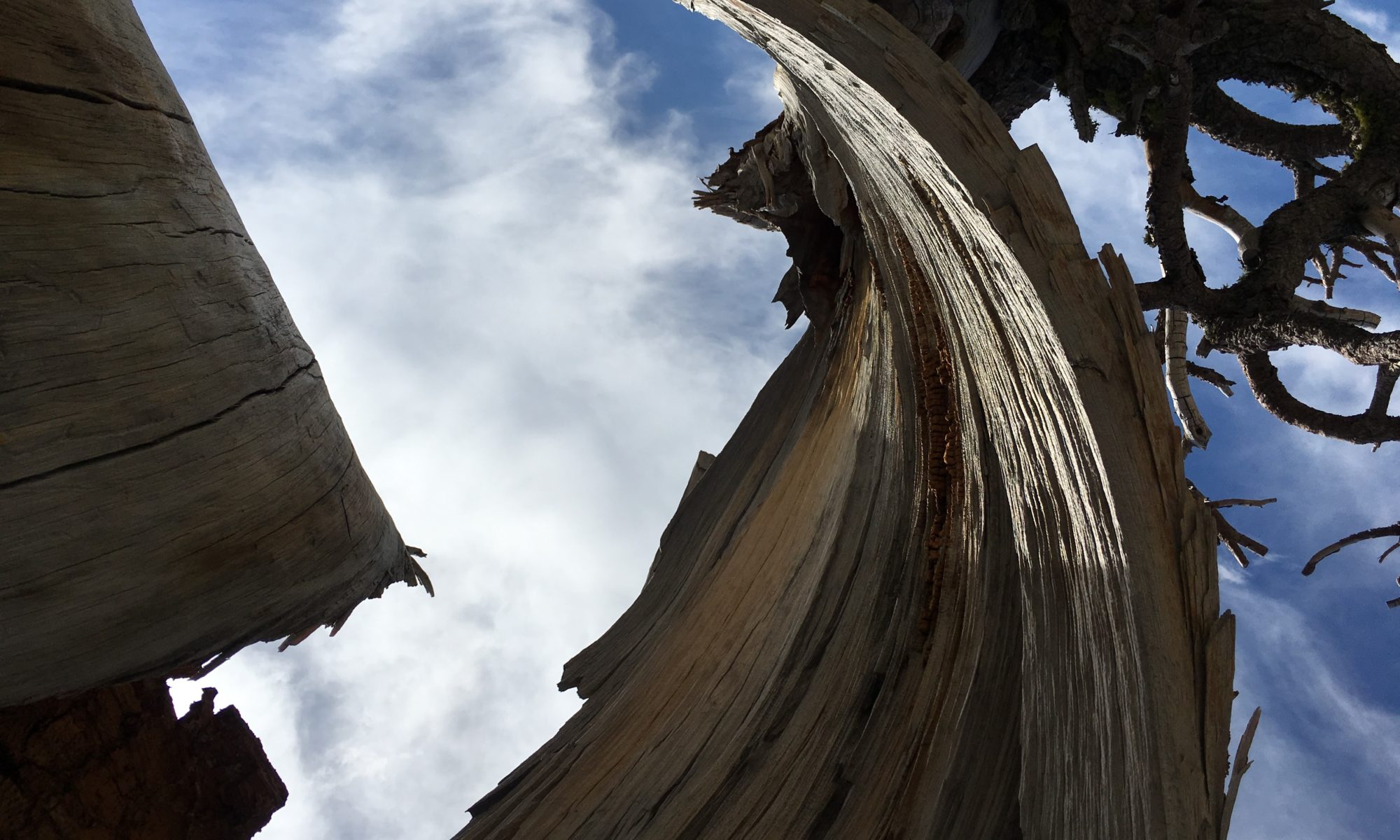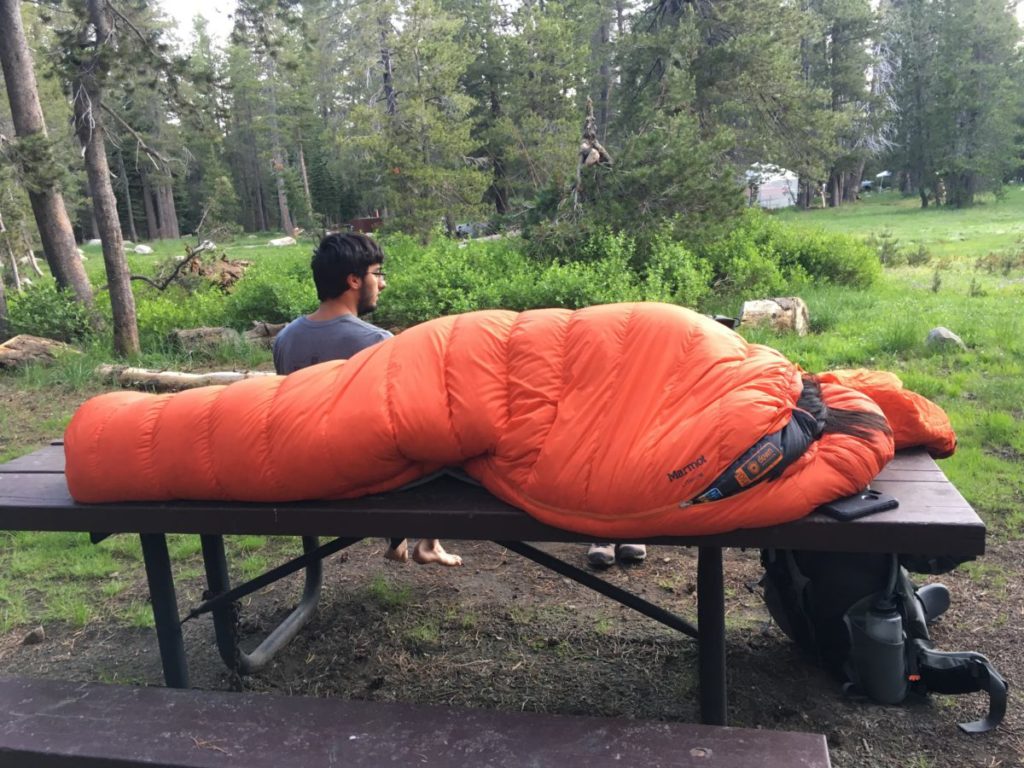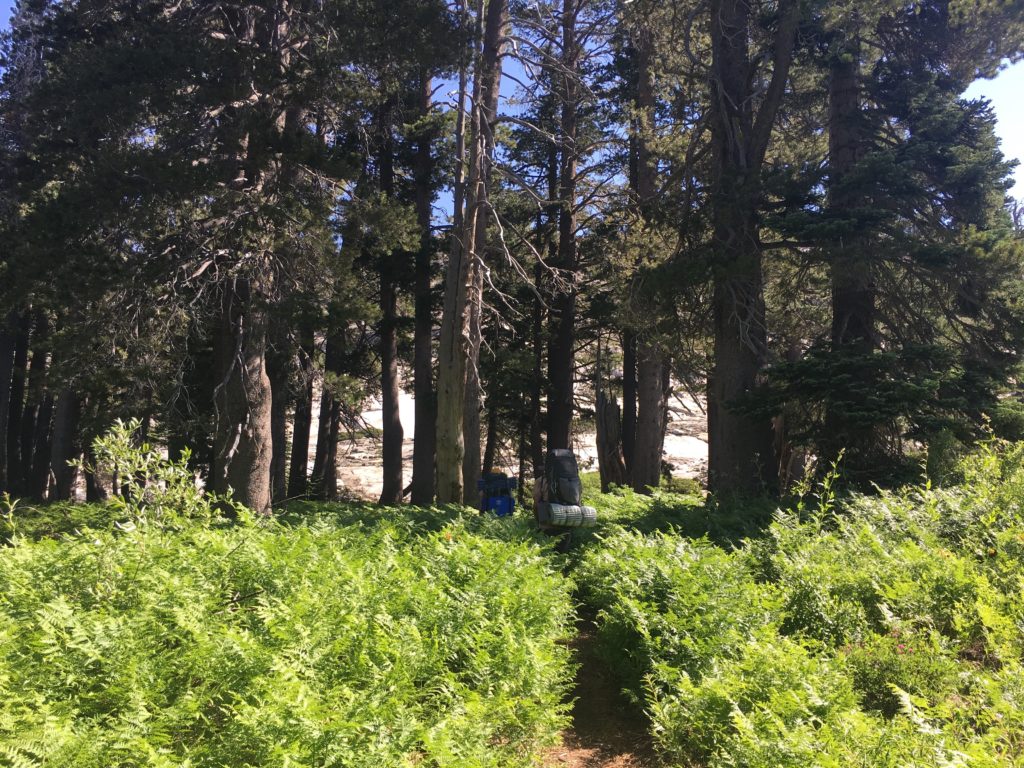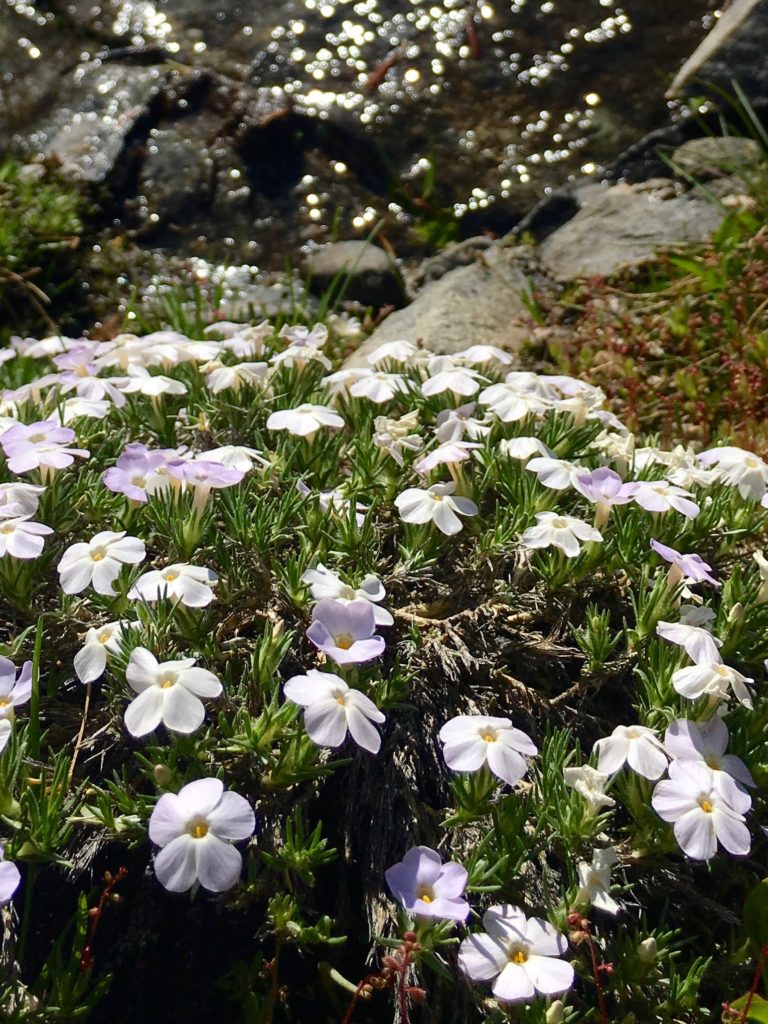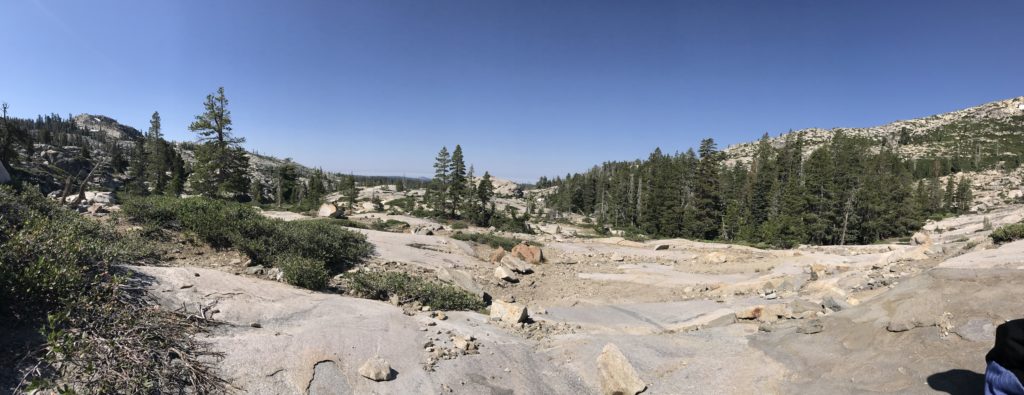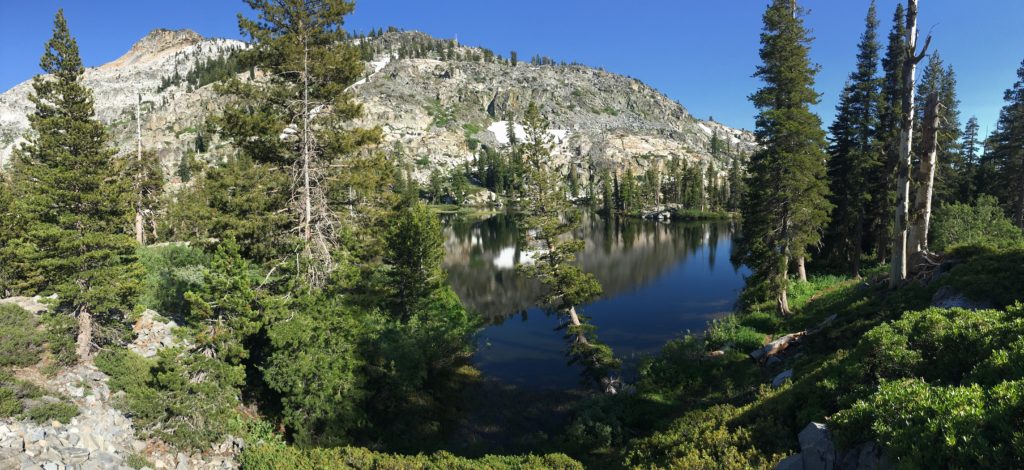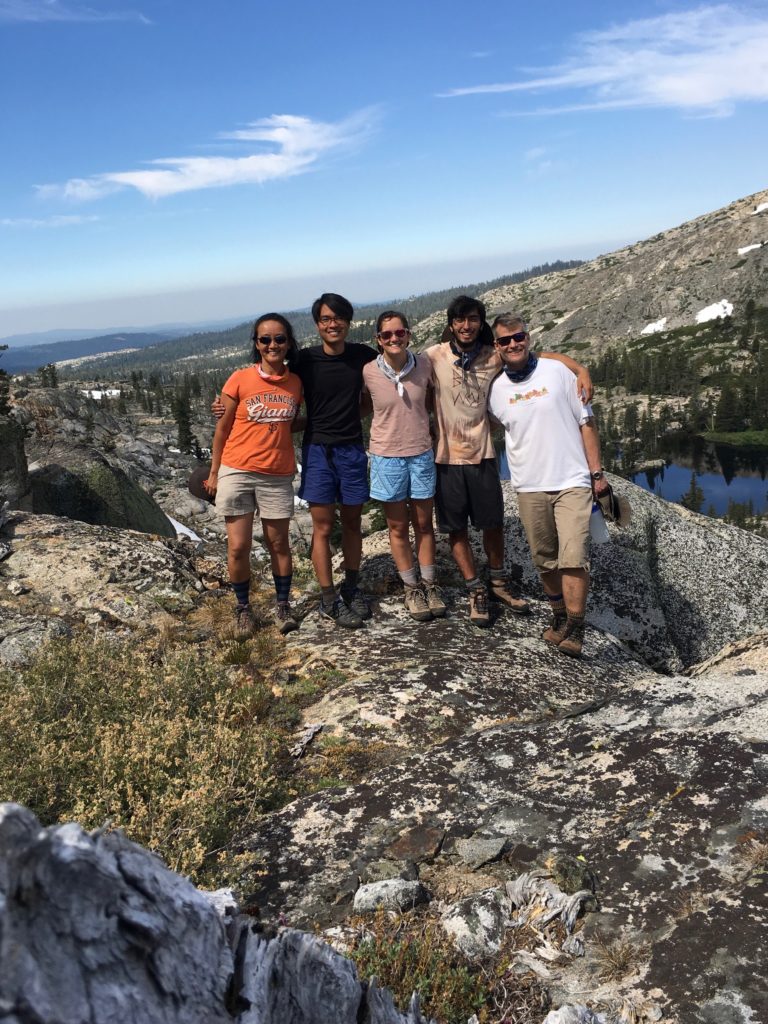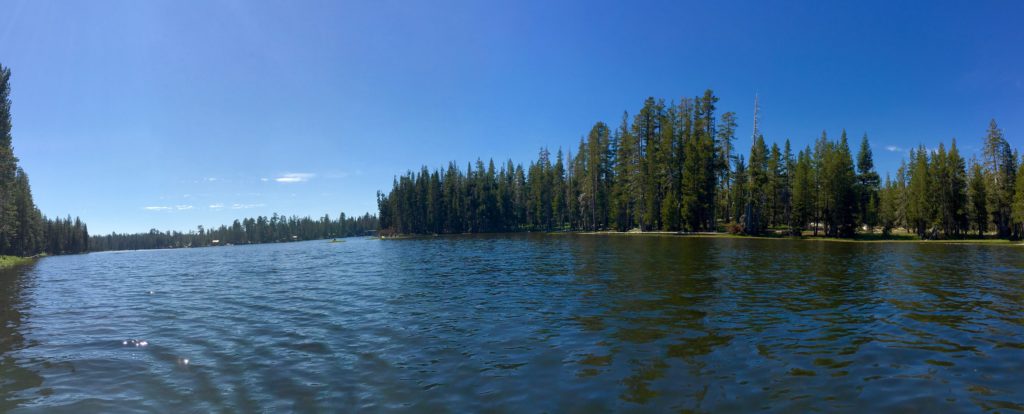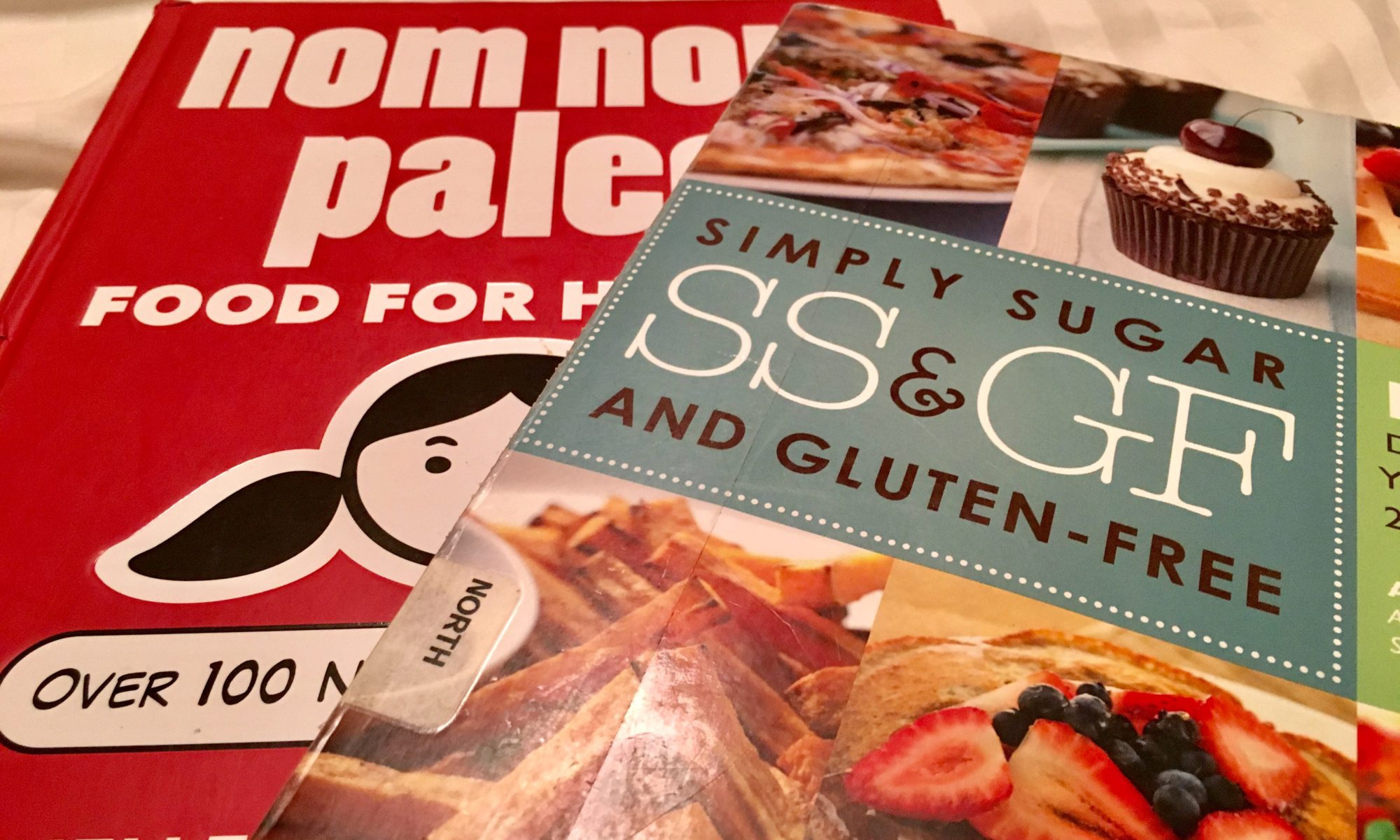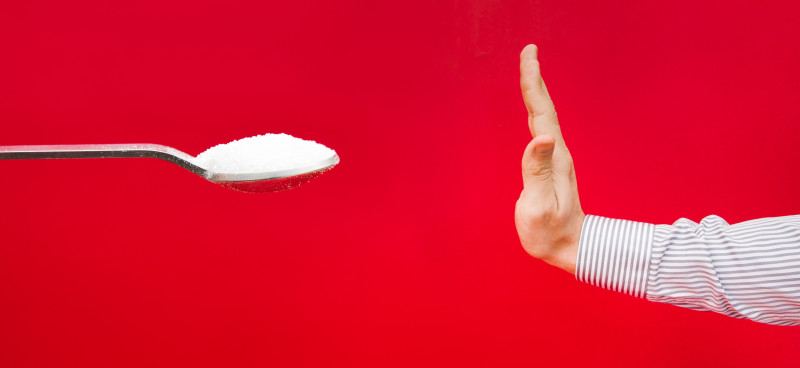This post first appeared on Medium.
It’s September and I’m driving a vast stretch of Highway 80 with my husband and adult daughter, listening to a San Francisco Giants baseball game. We’re returning to the Bay Area after backpacking in Colorado, a last-minute detour to avoid the wildfires ravaging parts of California. The Giants are at home, playing the Atlanta Braves and leading 4–2, until Atlanta scores three runs to pull ahead. In the bottom of the ninth, with two outs and down to his last strike, Giants second baseman Donovan Solano (just returned from a ten-day Covid quarantine) hits a home run to tie the game and sends it into extra innings. Our car erupts in cheers.

I didn’t grow up a sports fan. My Korean immigrant parents didn’t know anything about America’s pastime. Making a life here took every bit of energy they had, and besides, I was a girl. My brother played volleyball and collected trading cards. I read books and played the piano. To me, baseball fans went to the ballpark with their dads and learned obscure lore at their grandfathers’ knee. They listened to the games under their covers at night, transistor radio pressed to their ear. Like everything else I learned about American life, all I knew about baseball fans I got from TV.
That changed in the fall of 2010. My husband and I were working on a big painting project, so on weekends and evenings, we donned primer-splattered t-shirts and worked while listening to the local broadcasters call the game. The Giants were in the playoffs, but a knowledgeable friend said they wouldn’t go far. To my amazement, San Francisco beat Atlanta in the division series, the Phillies in the championship series, and then defeated the Rangers to win the World Series. I started paying attention at just the right moment. Lightning struck and I was hooked.
Like millions of others, I’ve struggled through the past eighteen months of the pandemic. As I cycled through anxiety and depression, paralysis and rage, consolation arrived from an unexpected source. The 2021 Giants were made up of aging stars, unknown youngsters, and journeyman-like platoon players. They were projected to be good-to-middling, maybe winning 75–80 games. Then, early in the season, they started winning.
Sometimes they won by hitting home runs and playing outstanding defense. Other times, the victory was by the flukiest of margins: a clutch hit, a favorable umpire call, or an opponent’s error. It didn’t matter. Day by day, game after game, the Giants kept winning. Center fielder Mike Tauchman defied gravity to rob Albert Pujols of a home run. LaMonte Wade Jr’s clutch, late-inning hits earned him the nickname “Late Night.” Shortstop Brandon Crawford’s diving stops and acrobatic throws embodied grace under pressure. The pundits and the naysayers and even their own fans kept waiting for the other shoe to drop. They weren’t supposed to be this good, and yet here they were. From May through September, with the richer, astoundingly talented Dodgers breathing down their necks, the Giants hung on to win 107 games and the division by a single game. In doing so, they gave me something that was sorely lacking in this difficult pandemic year. I almost didn’t recognize the feeling: I felt cheerful.
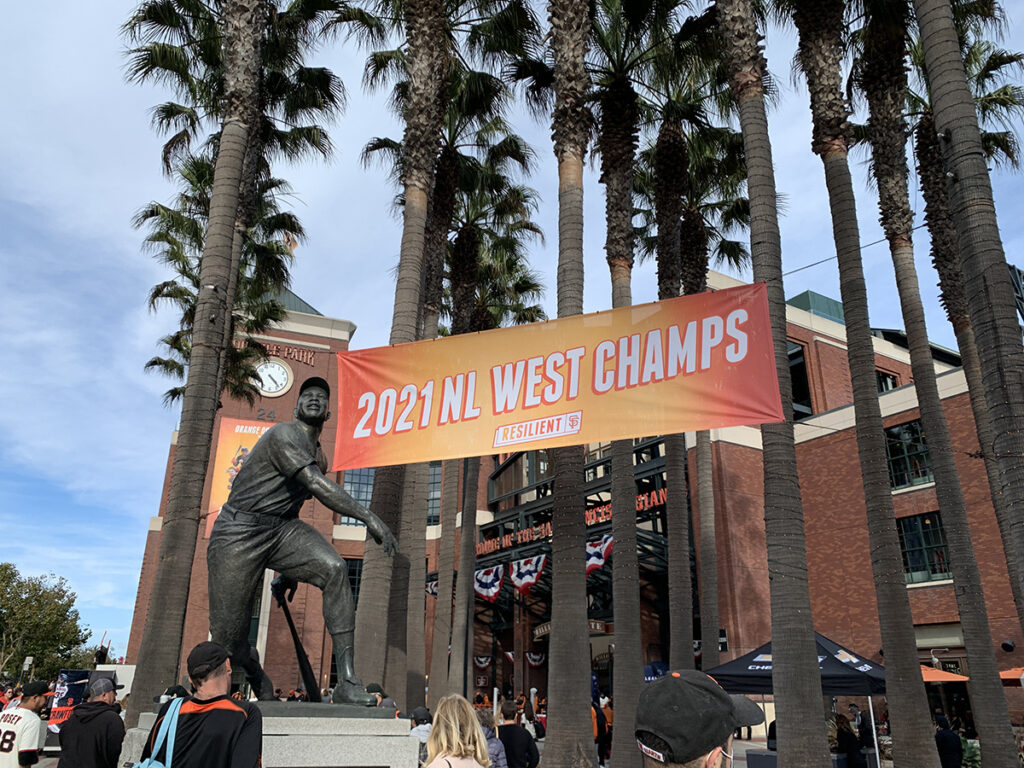
Last Thursday, the Giants lost 2–1 in the final game of the NLDS, after an intensely fought, five-game series against the Dodgers. The season is over for San Francisco. Fans of other teams will continue riding the postseason roller coaster, while Giants’ fans contemplate both a disappointing loss and the magic of a season like no other.
Here’s what I’ll remember: we’re barreling down I-80, the night so black we could’ve been hurtling through space. It’s the bottom of the eleventh now, the game still tied, Atlanta on the field. The bases are loaded with just one out, but the Giants have run out of position players to pinch-hit so the manager Gabe Kapler sends pitcher Kevin Gausman to the plate. We groan. Pitchers are generally terrible batters. Gausman falls behind in the count, then works it full. We lean in, hearts pounding, hardly breathing. Gausman hits a sac fly to deep right. From third base, Brandon Crawford breaks for the plate and executes a perfect fade-away slide. Once again, the Giants win. And there we are — my husband, daughter, and me — beleaguered from the year, still grimy with Colorado dirt, flying through the dark expanse and screaming for joy.
